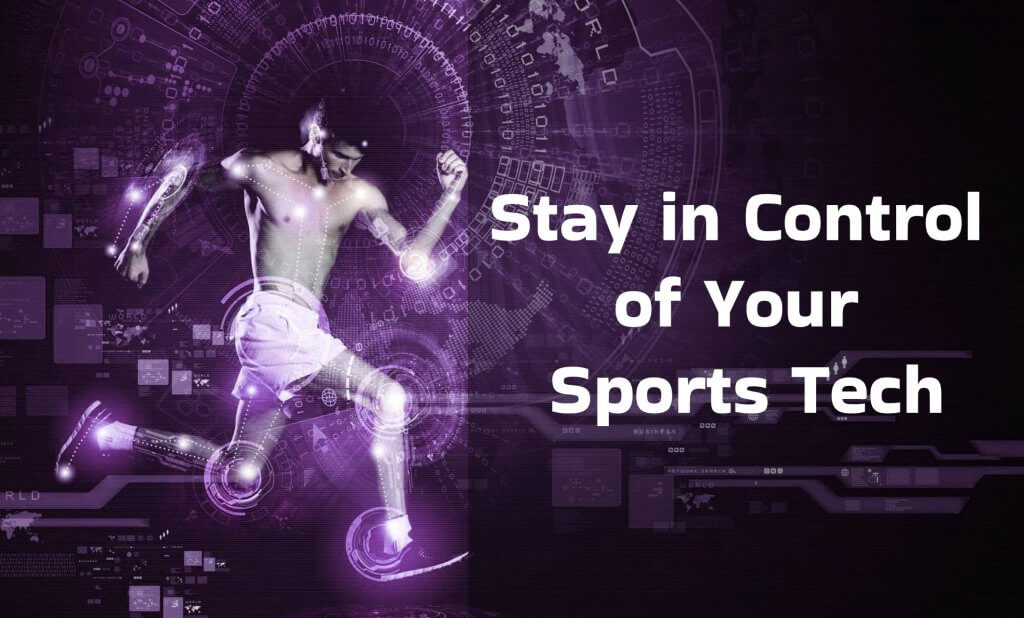

Sports technology is changing the way athletes train, compete, and recover. Smartwatches track heart rates, and high-tech shoes boost performance. These gadgets are now must-haves for pros and fitness fans alike. They help athletes push limits and track progress like never before.
But new technology brings challenges. While these devices offer real-time tracking and injury prevention, they also raise concerns. Data privacy, tech dependence, and fair play in sports are big debates.
This article dives into the impact of sports tech. Learn about its benefits, risks, ethical concerns, and safety tips, as CyberGhost (CG) article suggests. You’ll get a clear view of the future of sports technology and how it shapes athletes and fitness lovers alike.

Sports gadgets are more popular than ever. Fitness trackers, smart clothes, and AI coaching tools are now part of everyday training. These gadgets provide real-time performance feedback, helping users adjust their workouts. Some of the most used sports techs include:
These gadgets boost performance and motivation, but they also have drawbacks to consider.
Real-time feedback helps users adjust their workouts. Athletes can track speed, endurance, and biomechanics to improve performance.
Many sports gadgets track body changes and detect fatigue or strain. This helps prevent overuse injuries. Recovery tools like compression wearables aid in faster healing.
Features like progress tracking, challenges, and virtual coaching keep users motivated. Many fitness apps also have competitive features to encourage consistency.
AI-powered sports tech offers customized workout recommendations based on performance data. This helps users get the most out of their training.
Sports gadgets collect personal data like heart rate, location, and workout habits. According to CG’s blog post, many devices have weak security, putting user data at risk of cyber threats. Hackers can exploit security flaws in apps, leading to privacy breaches.
While useful, over-relying on gadgets can lead athletes to ignore body signals. This may cause them to push beyond safe limits and risk injuries.
Not all sports gadgets provide precise measurements. Errors in heart rate tracking or step counting may cause users to make poor training choices.
Some gadgets promote extreme workouts with unrealistic goals. Wearable resistance gear or smart shoes that alter movement can lead to muscle strain or joint injuries if misused.
Advanced sports tech can be pricey. This makes it harder for amateur athletes or those on a budget to access. Software updates and subscriptions also add ongoing expenses.
Sports technology can also affect the mental side of fitness. Some users become overly dependent on data. That makes them feel stressed when their gadgets underperform. This is called “quantified self-obsession.” It can cause anxiety, burnout, and lower motivation. Athletes need to balance using tech and enjoying physical activity beyond numbers and statistics.
Sports gadgets are becoming powerful health tools. Many smartwatches now track heart rate changes and oxygen levels and even spot irregular heartbeats. This can help users stay aware of their health and get medical help when needed.
But tech isn’t perfect. Wrong readings can cause panic or give a false sense of security. That’s why it’s important to double-check with a doctor before making any big health decisions.
Technology is changing professional sports, sparking debates about fairness. Advanced wearables and high-tech gear can give some athletes an edge. This raises questions about fair play.
Sports organizations are setting rules to keep competitions fair. Athletes who use data-driven training need to understand these ethical concerns. Knowing the limits of tech in sports can help them compete on equal ground.
Tech is useful, but it should not replace personal judgment. If a device suggests an extreme workout, assess if it’s safe for you.
Before trusting a sports gadget, compare data from multiple devices or use manual tracking, like heart rate counting.
Don’t rely too much on gadgets. Combine tech insights with traditional training for the best results.
Not all sports tech is high-quality or safe. Opt for brands that focus on user security, data protection, and accurate performance tracking. Research before buying is a must.
Sports gadgets are getting smarter. AI analytics, biometric tracking, and VR training are changing the game. But as technology improves, questions about data privacy and fair play are growing too.
Smart implants and microchips for athletes are becoming more common. This blurs the line between natural ability and tech-assisted performance. It sparks big debates about how much technology should shape sports.
This article showed that sports tech brings huge benefits—but also risks. Staying informed and taking precautions can help athletes. This way they can enjoy the advantages while avoiding the downsides.
Sports gadgets have transformed the way we train, track progress, and prevent injuries. But they also come with risks like data security, accuracy issues, and over-reliance on technology.
According to CyberGhost (CG), protecting personal data, using tech wisely, and not depending too much on gadgets can help athletes and fitness lovers stay in control.
In the end, sports technology should support—not take over—your fitness journey.